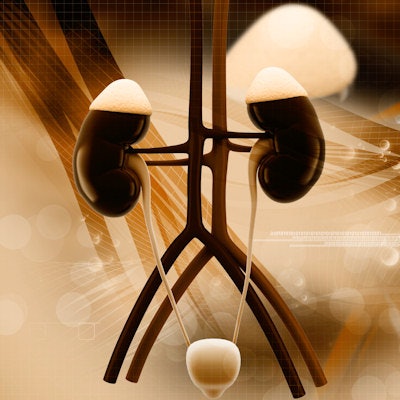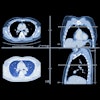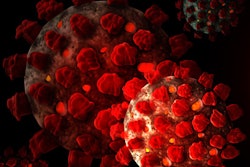
Concerns over the potential harms associated with intravenous iodinated contrast CT for kidney disease have been overstated, according to a series of consensus statements from the American College of Radiology (ACR) and the National Kidney Foundation published online January 21 in Radiology.
The groups, led by Dr. Matthew Davenport from the University of Michigan, developed their new statements in an effort to clarify misconceptions surrounding contrast-enhanced CT and, in turn, help standardize its use to evaluate patients with impaired kidney function.
Current clinical decision-making for the evaluation of acute kidney injury is often plagued by uncertainty due in large part to shifting perceptions regarding the possible harms linked to modern contrast media, the authors noted.
"The historical fears of kidney injury from contrast-enhanced CT have led to unmeasured harms related to diagnostic error and diagnostic delay," Davenport said in a statement.
After reviewing existing literature on the issue, the ACR and National Kidney Foundation identified that the conflation between the terms "contrast-induced" and "contrast-associated" acute kidney injury has been one of the major sources of the confusion regarding appropriate contrast use.
Whereas contrast-induced acute kidney injury suggests a causal relationship between contrast use and nephrotoxicity, contrast-associated injury indicates that there is no direct causal relationship between the two, Davenport noted. Yet these two concepts are often incorrectly interlinked.
The groups' consensus statements underscore the differences between the two terms and suggest that future clinical studies properly distinguish between them in order to minimize overstating the risk of contrast use.
In summary, the ACR and National Kidney Foundation concluded that the use of intravenous contrast CT was safe for patients who have acute kidney injury or have an estimated glomerular filtration rate (eGFR) of less than 30 mL/min per 1.73 m2, granted that the patients do not have heart failure or other contraindications and are not undergoing maintenance dialysis. Though they also stated that clinicians may consider prophylaxis for high-risk patients with an eGFR of 30 to 44 mL/min per 1.73 m2.
The groups made several other key recommendations for clinicians, including the following:
- Avoid lowering contrast media dose below the diagnostic threshold.
- Do not initiate or alter renal replacement therapy based solely on contrast media administration.
- Do not allow the presence of a solitary kidney to influence decision-making concerning contrast-induced kidney injury.
- Withhold prescribing toxic medications to high-risk patients.
"Modern data clarify that this perceived risk [of contrast use for CT] has been overstated," Davenport said. "Our intent is to provide multidisciplinary guidance regarding the true risk to patients and how to apply a consideration of that risk to modern clinical practice."




















